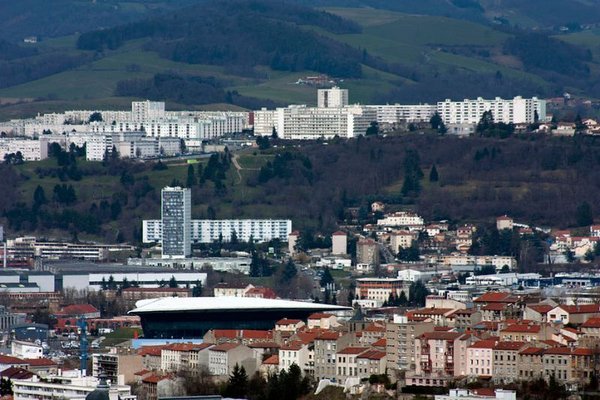A research project, three test areas in the Auvergne-Rhône-Alpes region
The RESILITERRE received ADEME’s grand (ecological transition Agency) as part of its 2019 EEST call for projects (Ecological, economic and social transitions).
It promotes the appropriation of the housing and mobility fuel poverty challenges faced by actors in three main territories: the Montreynaud district of Saint-Etienne Métropole, Roanne Agglomeration and the grouping of municipalities of Ambert located in the natural park regional of Livradois Forez.
How do local public and private actors get close to the day to day mobility and housing poverty issues? What collective actions are set up? What are the recommendations to help better integrate energy poverty issues into territorial policy agenda? Some of the many questions to which this project aims at providing an answer to.

From the production of indicators to the integration of fuel poverty in training programs
Set at the center of the environmental (energy consumption), economic (energy prices on the world market) and social criteria (impact on the most modest and most exposed) that it addresses from the territorial governance point of view, the project is structured around 3 axes:
- A quantitative analysis based on a field survey, which will enable new data to be cross-referenced with existing data to define fuel poverty indicators that meet the needs of territorial actors.
- A qualitative investigation based on interviews to analyse how fuel poverty (housing and mobility) is approached by actors in the territories.
- Training for future regional managers on the challenges of energy poverty in partnership with 3 engineering schools: Ecole des Mines de Saint-Etienne, VetAgro Sup and ENTPE.
In collaboration with all the partners, AURA-EE's mission consists in:
- The production of indicators in order to identify he types of energy vulnerabilities present in a territory and to provide quantified indications to actors in the field, enabling them to design and size their actions in preventing energy vulnerability.
- An analysis in the form of a dashboard with the possibility of exploring different aspects of energy vulnerability in a territory, in particular by creating typologies of the households concerned.
- The development of typologies on the scale of the 3 study areas before being introduced throughout the region and integrated into TerriSTORY®.
[Updated on June 2020]


Imprimer